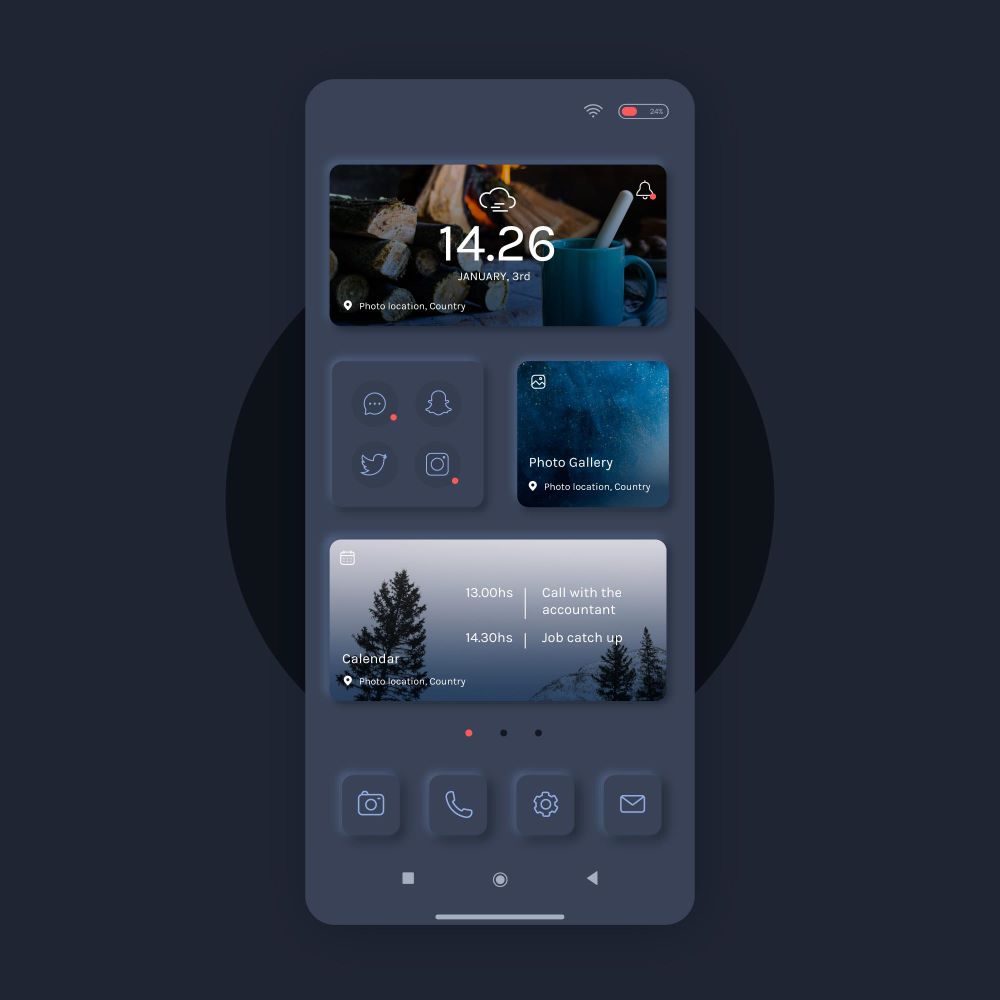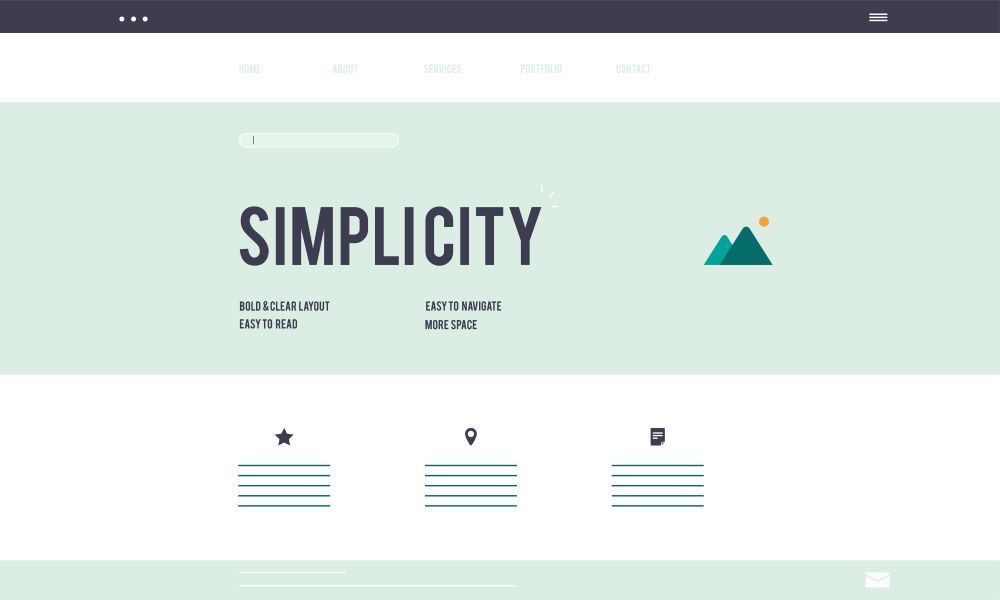In the ever-evolving realm of web design, staying ahead of the curve is imperative to creating a digital experience that captivates and engages users. As we look forward to 2024, several trends are set to redefine the aesthetics of the web. Let’s delve into the top seven web design trends that will shape the digital landscape in the coming year.
Neomorphism: A Tactile Revolution

Neomorphism, a design trend that emerged in recent years, is set to gain even more prominence in 2024. Characterized by soft shadows, gradients, and a minimalist approach, neomorphic design aims to mimic the physical world. By creating elements that appear to rise from or sink into the screen, designers achieve a more tactile and realistic user interface. This approach not only enhances the visual appeal but also contributes to a more intuitive user experience.
Immersive 3D Elements: Elevating Visual Engagement
The integration of immersive 3D elements is poised to become a game-changer in web design. As technology advances, web designers are leveraging 3D visuals to create more interactive and engaging user experiences. Whether it’s a product showcase, a virtual tour, or dynamic backgrounds, 3D elements add a new layer of depth, making websites more visually appealing and memorable.
Dark Mode Dominance: Aesthetic and Functional

Dark mode has transcended from being a design choice to a user preference, and in 2024, its dominance is expected to continue. Dark-themed designs not only offer a sleek and modern aesthetic, but also contribute to reduced eye strain, particularly in low-light environments. As major platforms and applications embrace dark mode, web designers are likely to follow suit, providing users with a seamless and consistent experience across devices.
Microinteractions: The Power of Subtlety
Microinteractions are small, subtle animations or visual responses to user actions, and they are set to play a significant role in the web design landscape of 2024. These subtle animations, such as a button changing color on hover or a slight vibration upon clicking, enhance user engagement and provide immediate feedback. As users become more accustomed to these nuanced interactions, incorporating microinteractions into web design will be crucial for creating a dynamic and responsive user interface.
Minimalistic Navigation: Streamlining the User Journey

In 2024, web designers will continue to prioritize minimalistic navigation, focusing on simplifying the user journey. Clean and uncluttered navigation menus not only enhance the visual appeal but also contribute to a more user-friendly experience. With an emphasis on simplicity, designers aim to guide users seamlessly through the website, reducing cognitive load and ensuring a more enjoyable browsing experience.
Conclusion
In conclusion, the web design landscape for 2024 promises a blend of aesthetic innovation and functional enhancements. From the tactile realism of neomorphism to the immersive depth of 3D elements, each trend contributes to the evolving narrative of digital aesthetics. Designers embracing these trends will not only create visually stunning websites but also deliver enhanced user experiences that resonate with the expectations of a dynamic and discerning online audience.
Web design online courses help you achieve a better understanding of the ongoing trends and prepare you to work in the field. ABM College’s Web Design and Development Diploma offers industry-relevant knowledge and enhances your skillset to make you job-ready.
Want to learn more about how you can begin a rewarding web designing career?
Contact us now!
Visit our blog for interesting employment and education tips.
About The Author

Content Writer
Preeti Parashar is a published author and creative writer with extensive experience in content development, copy editing, journalism, marketing, and communications across diverse industries. She holds a Master’s Degree in Mass Communication and has a passion for crafting compelling content that resonates with audiences. Preeti’s interests include blogging, writing poetry, traveling, and reading fiction. She is currently working as a Content Writer at ABM College, where she brings her expertise and creativity to every project.
